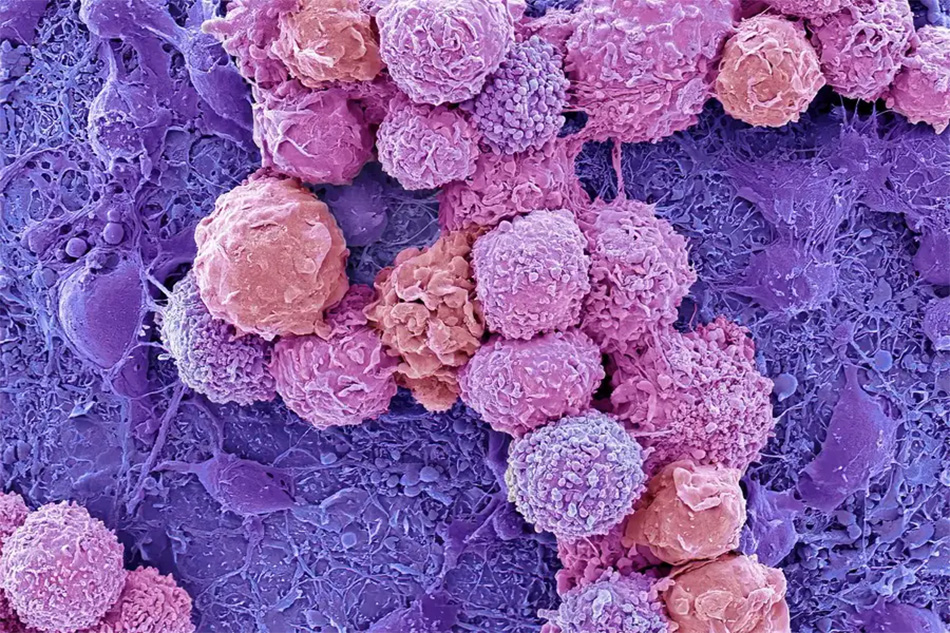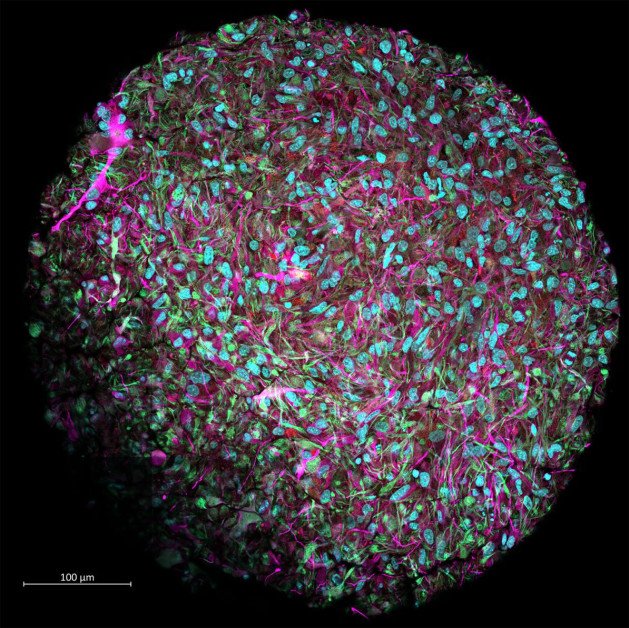New Organoid Intelligence and What It Means to AI

Since the advent of artificial intelligence, many things, from machines, robots, electronic devices, and computer systems, have simulated human intelligence processes. The most important applications are in machine vision, speech recognition, natural language processing, and expert systems.
To reiterate, artificial intelligence (AI) is the simulation of human intelligence using machines programmed to mimic actions and think like humans. Machines equipped with AI are capable of problem-solving and human traits like learning.
But today, there is another technological revolution called organoid intelligence. Based on the announcement of Johns Hopkins University researchers, they broke new ground with a “biocomputer” powered by the brain cells of humans. The researchers expect the technology to expand modern computing’s capabilities infinitely and open more areas of research.
Plans for organoid intelligence
Thomas Hartung, the team leader of the researchers at Johns Hopkins, says that AI and computing that are driving technology up to this day are reaching a ceiling. Biocomputing is a huge effort to compress computing power and boost efficiency to surpass the present tech limits.
Researchers have used small organoids for close to 20 years. These tissues grown in the lab resemble fully grown organs, which they use to experiment on lungs, kidneys, and other organs without animal or human testing. Dr. Hartung and his colleagues worked with brain organoids, tiny balls the size of a ballpoint dot with neurons and other features. These organoids can sustain basic functions like remembering and learning.
Dr. Hartung said that their work on organoids opens wider the research on how the brain works. This is because they can manipulate the system and do things researchers cannot do ethically with human brains.
Experimenting with organoids
Since 2012, the professor has been growing and assembling brain cells into functional organoids. He was reprogramming cells from human skin samples to resemble the state of embryonic stem cells. Each of those tiny organoids contains around 50,000 cells, yet it is only about the size of the nervous system of a fruit fly. Dr. Hartung now plans to build a futuristic computer using brain organoids.
The researchers need to scale up the brain organoids they need for organoid intelligence (OI). One organoid comprises about one-three-millionth size of the brain, which is equivalent to around 800 megabytes of stored memory. However, the size is too small, and Dr. Hartung said they should increase the organoid to about 10 million cells.
He believes that computers running on biological hardware could alleviate the energy consumption demands of supercomputers, which are becoming more unsustainable. While computers can process data and number calculations faster than humans, Dr. Hartung said that the brains are smarter regarding complex logical decisions.
Modern computers still cannot match the human brain. The latest supercomputer, Frontier, in Kentucky, costs $600 million and occupies an installation area measuring 6,800 square feet. In June 2022, it exceeded the computational capacity of a single human brain cell for the first time. However, its energy consumption was a million times more than usual.
It could take decades before organoid intelligence can power a smart system like a mouse. Still, scaling up the production of brain organoids and training them with AI, Dr. Hartung envisions a future where biocomputers can ably support superior processing power, computing speed, storage capabilities, and data efficiency.
Further, they also need to find ways to communicate with the organoids so they can send information and receive readouts of the organoids’ thoughts. The research authors have already developed a blueprint that includes tools from machine learning, bioengineering, and other innovations. They developed a brain-computer interface device similar to an EEG cap. The flexible shell covered with densely packed tiny electrodes can pick up signals from the organoids and send signals to them.
Ways to use OI
According to the researchers, organoid intelligence’s most impactful contribution is to human medicine. Because they can develop the organoids from patients’ skin samples, they can work on the cognitive aspects of neurological conditions, compare the formation of memory from patients with Alzheimer’s and healthy people, and repair the deficits. Using OI to test if pesticides cause learning or memory problems is also possible.
Further applications
Co-leader of the research team at Johns Hopkins, Lena Smirnova, said that organoid intelligence could transform drug testing research for neurodegeneration and neurodevelopmental disorders.
According to the assistant professor, they want to compare brain organoids from normally developed donors against those from donors with autism. They are already developing tools for biological computing similar to the tools that allow them to understand the changes in neuronal networks particular to autism without using human patients or lab animals. They are studying the underlying mechanisms of why some people have cognition impairments and issues.
Addressing the ethical implications
The researchers are addressing the ethical issues related to working with OI by partnering with a diverse group of members of the public, bioethicists, and scientists. They will assess all ethical issues continuously as the research continues.
